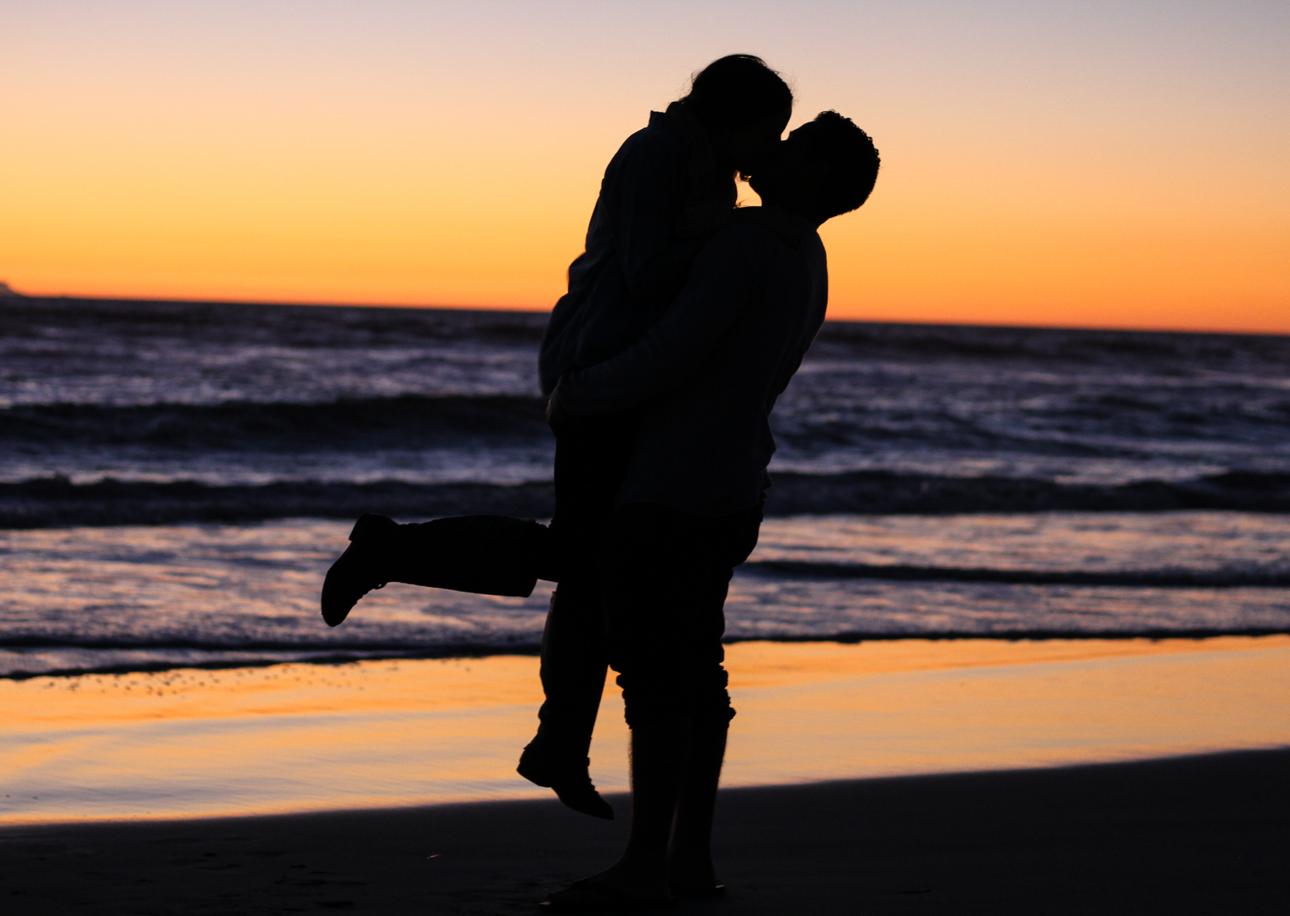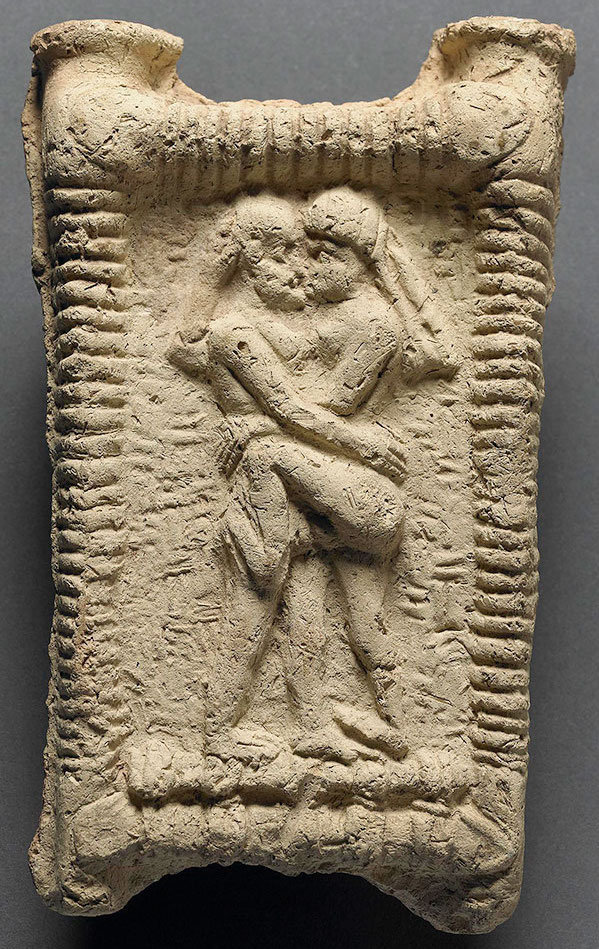9 Famous Thai Celebrities’ Cafes and Eateries in Thailand
A look at a list of Thai celebrities who own restaurants and ...

When and why did humans start expressing love and desire through kisses? How did the first kiss in human history come about? The captivating history of kissing spans across diverse cultures and time periods. While pinpointing its exact origins is challenging, it is believed to have roots dating back thousands of years.
As reported in Science, kissing is complex to study as there are different theories surrounding it. Some scientists suggest that it stems from primal instincts in early humans, serving as a means to assess a potential mate’s health through the exchange of saliva. On the other hand, some argue that kissing is primarily a cultural phenomenon, a behaviour and love language learned and adopted by most human societies, although not universally. Despite the varied explanations, it is widely acknowledged that kissing emerged independently in different parts of the world.

A recent discovery by a duo of researchers reveals that the origins of romantic kissing can be traced back approximately 4,500 years to ancient Mesopotamia. In their article, Troels Pank Arbøll and Sophie Lund Rasmussen present the compelling notion that ancient Mesopotamian sources offer valuable insights into the earliest documented instances of kissing. Previously, it was widely believed that the oldest reference to a romantic kiss could be found in ancient Indian texts from approximately 1500 BCE. However, the authors now draw attention to Mesopotamia, often referred to as the “fertile crescent” or the “cradle of civilization” in the Near East. Mesopotamia has left behind an abundant collection of visual carvings and tablets that document various aspects of literature and daily life.
Around 2500 BCE, roughly 4,500 years ago, texts written in the Sumerian language started to emerge, describing kissing within an erotic context. These intimate exchanges are portrayed in these texts. Simultaneously, tablets written in Akkadian, another language prevalent in the broader region, depict both reverent, platonic kisses (such as kissing the feet of an elder) and erotic encounters involving lip-to-lip contact. These discoveries highlight the diverse range of kissing practices recorded in ancient Mesopotamia.
Throughout human history, the act of friendly and parental kissing seems to have been a near-universal practice. However, determining the precise origin of romantic kissing is a much more complex challenge. Although certain prehistoric sculptures may exhibit kissing, it’s quite challenging to differentiate between sexual or platonic kissing explicit context.
Arbøll and Rasmussen’s argument highlights that this practice was not an isolated invention but rather a widespread phenomenon across various cultures throughout distinct historical periods, possibly even extending into prehistory. Previous studies have suggested that kissing may have been practised by early humans and Neanderthals over 100,000 years ago.The authors also emphasise that the evidence does not point to a singular point of origin for kissing as it was observed in a wide geographical area that includes India and Mesopotamia. If one insists on identifying a specific origin, it would have to be traced back far into prehistoric times.
Considering all of those factors, the authors propose that the historical background of kissing presents challenges when attempting to establish a definitive connection between ancient smooches and the transmission of specific pathogens.
“In our opinion, the fact that the sexual kiss was practised over a large geographical region points to its effect on disease transmission in these periods as having been relatively constant, and not something that suddenly accelerated the spread of pathogens,” commented Arbøll.
Nonetheless, the researchers pointed out that exploring the historical context of kissing can provide valuable understanding of past societies’ responses to infectious diseases. They brought up an illustrative example from nearly 4,000 years ago, involving a letter that documented a woman in a palace harem afflicted with lesions. Consequently, precautions were advised, such as refraining from drinking from her cup or sleeping in her bed, demonstrating a practical awareness of disease transmission.
We may never be able to point out the exact time when humans first started kissing, but there is still a wealth of knowledge to be gained about its history. The authors anticipate ancient DNA research could open new windows to the subject and could provide answers to why romantic-sexual kissing was prominent in sedentary, hierarchical societies like Mesopotamia.
Throughout history, it is important to acknowledge the diversity of cultural practices regarding kissing. In certain societies, kissing was considered scandalous or forbidden, whereas in others, it was embraced. Also, the influence of religious and societal norms played a substantial role in shaping these perspectives.
Fast forward to today, kissing has evolved into a universal means of expressing love, affection, and desire across the world as we know it. It has become an essential part of romantic relationships, social interactions, as well as celebrations.
“We plan to continue our work, and we hope that future studies in general will help to shed further light on these interesting and very human questions”, said Arbøll and Rasmussen.
A look at a list of Thai celebrities who own restaurants and ...
These top 5 barber shops in Bangkok are where gentlemen can elevate ...
Saturdays are already made for Salmon, now there's even more reason to ...
A detailed guide to hiking the Naga Cave, combining physical challenges with ...
While traditional TV shows are serving us endless boy-meets-girl tales. Thailand has ...
Sailorr and Molly Santana’s black grills fuse hip-hop swagger with homage to ...
Wee use cookies to deliver your best experience on our website. By using our website, you consent to our cookies in accordance with our cookies policy and privacy policy